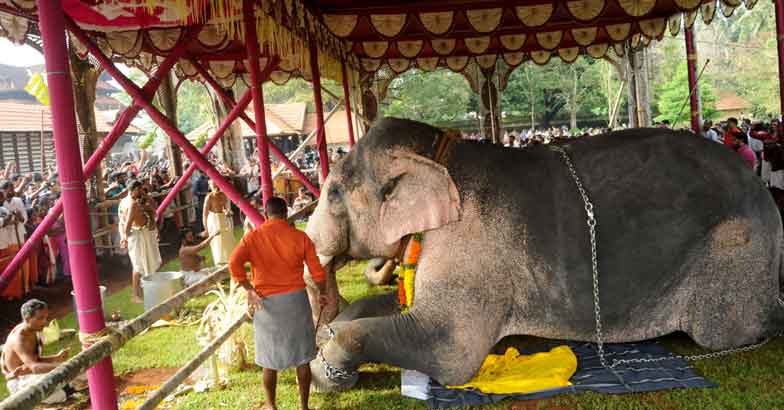Here's what you need to know about Karkidakam and its unique features

Mail This Article
Decades ago, Karkidakam came in gray and cold. The unending rain used to leave a trail of destruction and penury for the masses who used to toil in the soil. It used to be a time when the devout took to prayers, mainly to ask the Lord to save them for the fury of the monsoon.
Much has changed with both the weather and the economy. But the custom of visiting the temples and reading Ramayana has not. Reading the Ramayana during Karkkidakam, also known as Ramayana Masam is considered a sacred act. And many people visit Naalambalam - or the four temples of Thriprayar Sree Rama Temple, Moozhikkulam Lakshmana Temple, Irinjalakuda Koodalmanikyam Temple and Payammal Shathrughna temple for salvation during this time. There are many who go on the 'Nalambalam yatra' at Ramapuram in Kottayam too.
The observances are not just restricted to the temples dedicated to Lord Rama. In most houses, elders take to reading the Adhyatma Ramayana by devotional poet Thunchath Ramanujan Ezhuthachan. The month is also considered a time for rejuvenation. The special Karkidaka kanji, a spicy mix of rice and medicinal herbs is prepared at home.
It is a month of rejuvenation for elephants too. At Punnathoorkotta near Guruvayoor, the month of July is a month of Sughachikilsa. 'Aanayootu,' a mass feast for elephants, prepared as per Ayurvedic tradition, was held at the famed Vadakkumnathan Temple at Thrissur. Freshly bathed elephants sporting sandal paste and vermillion on their foreheads lined up at the south tower of the temple and were fed a special feed made of sugarcane, rice, ghee, coconut, jaggery and Ayurvedic medicines.

So, if you are passing by the state during this one month, don't be surprised if you hear loud chanting at the temple near you.

